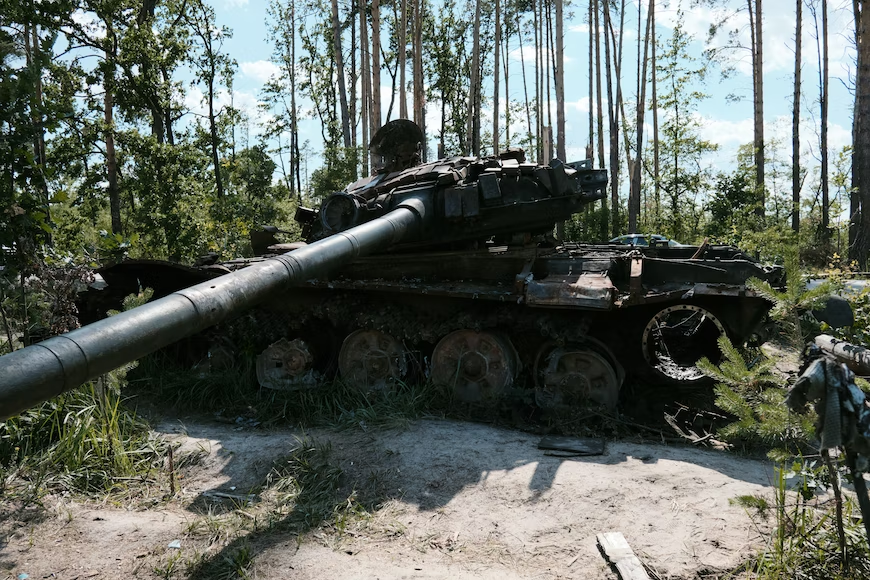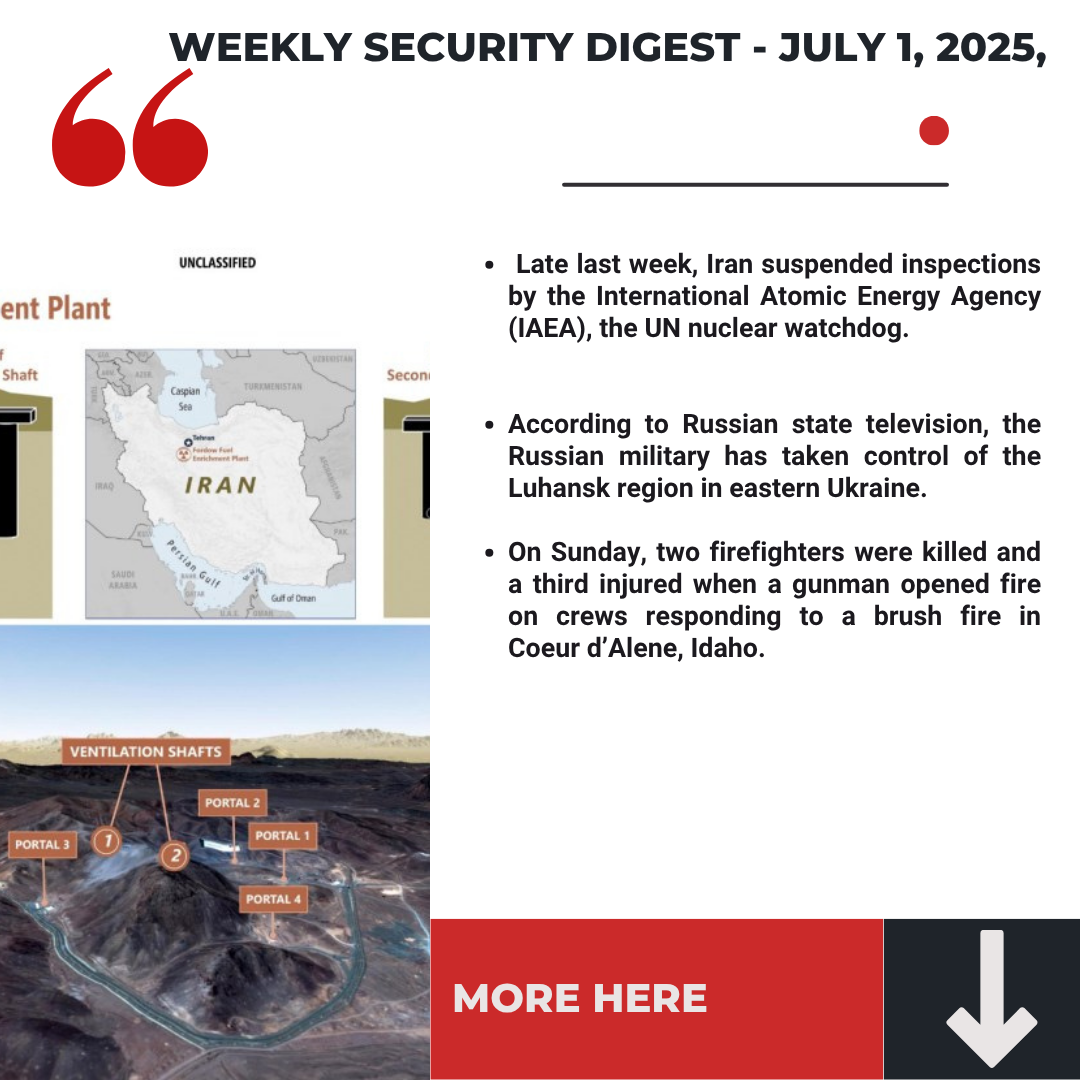As we approach the anniversary of Russia’s invasion of Ukraine on February 24, 2022, the world looks different in some rather significant ways. Many were gravely concerned about mighty Russia quickly overrunning their much smaller neighbor, but almost immediately the world was inspired by Ukraine’s fierce resistance. By the second week of March 2022, even Putin Putin was surprised at the many high-profile failures of his much feared military. Fast forward a year, and Putin’s inner circle has expressed frustration at the ongoing war that seemingly has no end in sight.
The Russia-Ukraine War has caused tens of thousands of casualties on both the Ukrainian and Russian sides and displaced millions of Ukrainians from their homes. But even though the fighting is confined to one corner of the world, its impacts are far-reaching.
Here are five ways the Russia-Ukraine War has made an indelible impact on the world.
Casualties and war crimes: According to The New York Times, Russian troops have suffered nearly 200,000 deaths and injuries, while Ukrainians have suffered approximately 130,000 casualties, 30,000 of those civilians.
The U.S. recently declared that Russians have perpetrated “crimes against humanity” in the war against Ukraine. Vice President Kamala Harris said, “To all those who have perpetrated these crimes, and to their superiors who are complicit in those crimes, you will be held to account.” Whether Russians will ever be held accountable for atrocities committed in Ukraine is unclear, but the revulsion generated by the many instances of Russian brutality has helped keep Ukraine’s allies united.
Ukrainian refugees: As a direct result of the Russian invasion, millions of Ukrainians fled their homes in the past year. According to Statista, nearly 3 million went to Russia, 1.5 million to Poland, 1.05 million to Germany, and hundreds of thousands to Czechia, Italy, Spain, the UK, France, and other countries around the world.
These countries face the challenge of absorbing these new immigrants, many of whom came with nothing. The EU stepped up to the task and created a Temporary Protection Directive for Ukrainian refugees to help with work, health care, education, shelter, and financial support. The Russian invasion of Ukraine has energized a European community still reeling from Brexit and the Covid-19 pandemic with an important common purpose.
Supply chain and food shortage: The Russia-Ukraine war has had a significant deleterious impact on the global supply chain. Before the war, Ukraine and Russia had exported nearly a third of the world’s wheat and barley, while Russia had been the major global producer of fertilizer.
The war has damaged Ukrainian agricultural infrastructure and forced crucial ports to close. Russian food exports have also suffered. While the sanctions other countries placed on Russia were meant to exempt food and fertilizer exports, in reality, banking, technology, and other sanctions have made those exemptions difficult.
The disruption in the supply chain has caused prices of many raw materials to go up, the most significant of which is food. According to GEP, soybean and corn prices have been steadily rising, as have the costs of fertilizers, which are crucial for the growth of crops. Al Jazeera reported that in some countries, wheat prices have risen by as much as 750%.
While relatively wealthy countries have been bemoaning rising prices but continuing to buy, countries that already suffer from food insecurity, like those in the Horn of Africa, are facing sweeping hunger and malnutrition.
Last week, Ukraine beseeched the international community to demand that Russia stop using food as a weapon.
Rising energy prices: The cost of energy was rising before the Russia-Ukraine War, driven by a high post-pandemic demand that outweighed the supply. However, the war drove prices further up because Russia accounts for approximately 10% of the global oil supply. The sanctions that countries placed after it invaded Ukraine made it difficult for Russia to sell its oil, especially to Europe.
Data from GEP shows that in Europe in the first six months of the war, natural gas prices rose by around 120-130% and coal prices rose by 95-97%. According to The Centre for Economic Policy Research (CEPR), the rise in energy costs is impacting the revenue of European firms across a broad spectrum of industries.
The Taiwan lesson: Tensions between China and the U.S. have been increasing over the past six months due to American politicians’ visits to Taiwan, a democratically-ruled country that China considers a territory. Then this month, the U.S. shot down what it called a “Chinese spy balloon,” adding fuel to the fire of simmering tensions
U.S. Deputy Secretary of State Wendy Sherman said that she hopes China takes a lesson from the Russia-Ukraine War and thinks long and hard before invading Taiwan. While China might win, all sides would pay a heavy, heavy toll, much like is happening in the current war.
Outlook for 2023
At this point, no one knows when the war in Ukraine will end, and few are optimistic. Most envision continued fighting for months or years to come. As Italian analyst Lucio Caracciolo said, “It will only stop when Ukraine or Russia or both collapse, since for both sides this is a matter of life or death.”
For now, the global community must seek ways to ameliorate the suffering and manage the fallout created by the ongoing war. Political divisions in the U.S. and whether they will impact aid for Ukraine is one of the most impactful issues in 2023. The timing of when lethal aid for Ukraine reaches the battlefield and whether sanctions and shockingly high Russian death totals erodes Putin’s support will also be closely watched this year.
To find out more, please reach out to info@interforinternational.com





